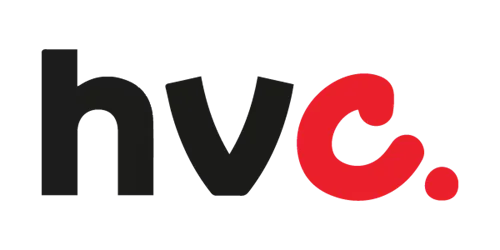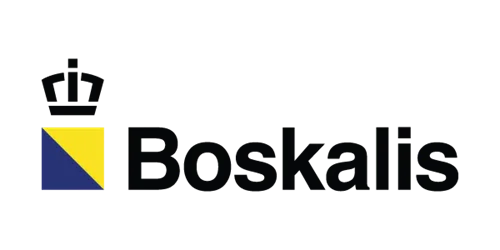Becoming a leader in renewable energy brings its own set of challenges
Renewable energy generation is inherently decentralized, with numerous small wind turbines and solar farms spread across the country, contrasting with the few large traditional energy plants currently in operation. This shift necessitates updates to the existing power grid to accommodate this new energy landscape.

Due to the widespread adoption of renewable energy, the Netherlands has encountered significant limitations with its national power grid, making it the first European country to face such hurdles.
Renewable energy generation is inherently decentralized, with numerous small wind turbines and solar farms spread across the country, contrasting with the few large traditional energy plants currently in operation.
This shift necessitates updates to the existing power grid to accommodate this new energy landscape.
Simultaneously, as businesses transition from traditional energy sources to electricity, the demand for grid capacity has surged. These combined changes have resulted in widespread grid congestion issues, impacting daily operations.
Grid congestion: a growing challenge
The consequence of this congestion, known as "net congestion," is profound. Businesses seeking grid connections or expansions are placed on waiting lists, sometimes lasting up to a decade.
This delay forces companies to slow down or halt their energy transition efforts. Additionally, projects like solar parks are postponed due to grid constraints, and wind turbine capacity is curtailed to prevent overloading local grids. Such challenges are frequently reported in the news.
While the ideal solution is a power grid with ample capacity to accommodate distributed energy production, the reality is that we'll be dealing with grid congestion for at least the next decade.
This challenge is not unique to the Netherlands; other European countries, including Germany, Spain, Portugal, France, and Hungary, are now also experiencing similar issues.
So, what can be done in the coming years? Waiting or slowing down the energy transition isn't viable, given our environmental responsibilities.
Helin’s innovative approach
At Helin, our mission is to "shape a better world by upgrading the present". We specialize in making existing assets smarter. With our partners, we're transforming traditional power grids into real intelligent ones.
Our approach to navigate current grid limitations is by optimizing existing resources. This involves managing production and consumption cycles intelligently and integrating storage solutions like batteries. However, implementing these solutions is not straightforward.
Much of the equipment used in renewable energy production isn't designed for seamless integration or operates within closed ecosystems defined by manufacturers.
The Helin solution removes complexities and optimizes processes, offering our customers a single interface between their management systems and their entire asset portfolio. This enables our customers to deploy strategic decisions across all of their assets through a single action.
Partnerships and projects
Together with our partners, we're pioneering innovative projects, such as enabling companies to operate off-grid while waiting for grid connections, optimizing the production-consumption cycle between solar, batteries, and superchargers, and balancing renewable energy production with market demand.
In essence, our collective efforts aim to address grid congestion, ensuring a smooth transition to renewable energy while dealing with challenges of today's energy landscape.
Want to read more?
Stay up to date with the latest trends and developments on the topic of industrial edge computing, monitoring and intelligence.
Get real-time insights
into your remote assets
Combine local artificial intelligence with a centrally managed data infrastructure for more accuracy, reduced congestion on your network and lower costs.













